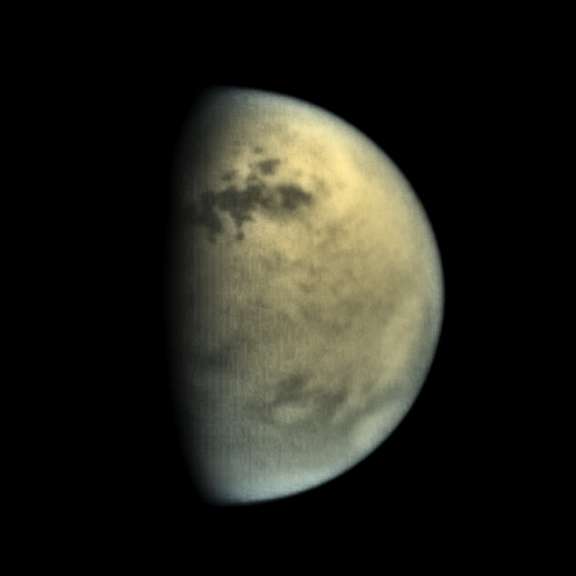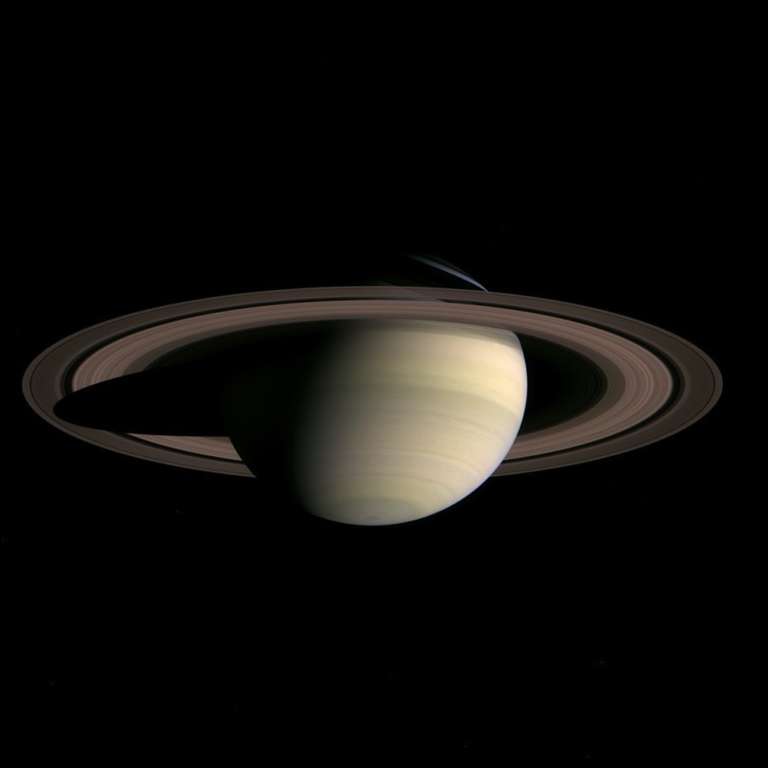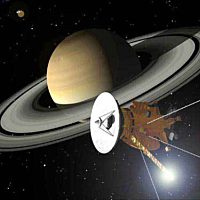All
All
Stories, updates, insights, and original analysis from The Planetary Society.
Radar in Earth and Planetary Science, Part 2
Heather Hunter brings us the next installment in her series on radio detection and ranging.
Radar in Earth and Planetary Science: An Intro
Heather Hunter explains how radar works and what it's used for on Earth and beyond.
Explorer of Enceladus and Titan
For the third time in less than a decade, scientists have proposed a multiple-flyby mission to explore the habitability of Saturn’s ocean moons Titan and Enceladus.
Cassini's camera views of Titan's polar lakes in summer, processed into pseudocolor
Titan's north polar lakes are well-lit by summer sun in these recent Cassini images. Image processing enthusiast Ian Regan shares his recipe for processing the longer-wavelength Titan images into visually pleasing
The what-o-sphere? An explainer
Why do we need to slice up atmospheres into classifications like the troposphere, stratosphere, mesosphere, and thermosphere?
Atmospheric Waves Awareness: An Explainer
There are two types of atmospheric waves that are critically important on Earth and other planets: gravity waves and planetary waves.
Fog Detection from the Surface of Titan: New Findings From Old Data
Huygens may have landed on Titan over a decade ago, but a group of researchers from York University were able to make a new and unexpected discovery with this older dataset.
Clouds and haze and dust, oh my!
What types of aerosols do we find in the atmospheres around the Solar System, and why does what we call them—clouds vs. haze vs. dust—matter? Sarah Hörst explains.
Pretty pictures: Cassini views of Titan's poles (with bonus Enceladus)
Image processing enthusiast Ian Regan produced a pretty view of Titan's lake-filled north pole, now visible to Cassini's cameras in the summer sun.
Pretty pictures: Bittersweet goodies from Cassini at Titan, Enceladus, and Telesto
Tomorrow, Cassini will fly by Titan, picking up a gravity assist that will tilt its orbit slightly up and out of the ring plane. That will end what has been a wonderful year of frequent encounters with Saturnian moons.
Looking back at Pluto
I don't think anyone was prepared for the beauty -- or the instant scientific discoveries -- in this
A few gems from the latest Cassini image data release
I checked out the latest public image release from Cassini and found an awesome panorama across Saturn's rings, as well as some pretty views looking over Titan's north pole.
Pretty Cassini pictures: animation of Iapetus' north pole, and other fun
Now that Cassini has returned to Saturn's equatorial plane, it has lots of opportunities to observe Saturn's moons. For about a week, Cassini has been taking regular sets of images of Iapetus, which I've assembled into an animation.
LPSC 2015: Aeolian Processes on Mars and Titan
Planetary scientist Nathan Bridges reports on results from the Lunar and Planetary Science Conference about the action of wind on the surfaces of Mars and Titan.
Ten years after the Huygens landing: The story of its images
The landing of Huygens on Titan was a significant moment for planetary science and a great accomplishment for Europe. But the Huygens landing also stimulated the development of the international community of amateur image processors that does such great work with space images today. I was in the midst of it all at the European Space Operations Centre in Darmstadt.
Riding With Cassini Through 2014
Video: see some of the sights Cassini saw this year.
A (Difficult) Day in the Solar System
After a bad day on the launch pad, some perspective.
45th Binghamton Geomorphology Symposium Report
The 45th Binghamton Geomorphology Symposium, usually focused on terrestrial studies, shifted this year to planetary science. Ted Stryk gives us an overview.
Cassini's awesomeness fully funded through mission's dramatic end in 2017
Last year, rumors swirled that NASA may be so pinched for dollars that the agency might end the Cassini mission early. Today, Cassini received the welcome news that it has formally been funded through the planned end of its extended-extended mission in 2017. A huge congratulations to the Cassini mission!
Discovery Missions for an Icy Moon with Active Plumes
In December, scientists announced the discovery of possible plumes of water being ejected from Jupiters’s moon Europa. If confirmed, Europa would be the second moon with confirmed plumes after Saturn’s moon Enceladus. Two Discovery mission proposals for Enceladus suggest the types of missions that may be proposed for Europa.


 Explore Worlds
Explore Worlds Find Life
Find Life Defend Earth
Defend Earth


 Sun
Sun Mercury
Mercury Venus
Venus Earth
Earth Mars
Mars Jupiter
Jupiter Saturn
Saturn Uranus
Uranus Neptune
Neptune Small Bodies
Small Bodies


















